Name Engelbert Zaschka | Occupation Engineer, Inventor Nationality German | |
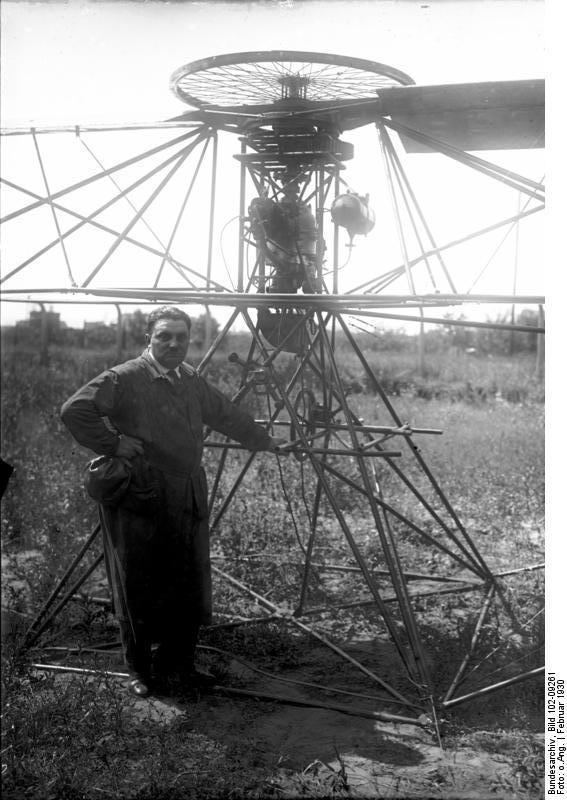 | ||
Title Chief Engineer, Chief Designer, Inventor Died June 26, 1955, Freiburg im Breisgau, Germany | ||
Resting place Freiburg im Breisgau | ||
World's first folding car | 1929 Zaschka 3 Wheeler
Engelbert Zaschka (September 1, 1895 in Freiburg im Breisgau, Germany – June 26, 1955 in Freiburg im Breisgau, Germany) was a German chief engineer, chief designer and inventor.
Contents
- Worlds first folding car 1929 Zaschka 3 Wheeler
- Biography
- Zaschka Helicopter
- Zaschka Human Power Aircraft 1934
- Motorcycle The German Orionette 1921 1925
- Folding Zaschka Three wheeler 1929
- Reception
- Patents
- Publication
- References
Biography
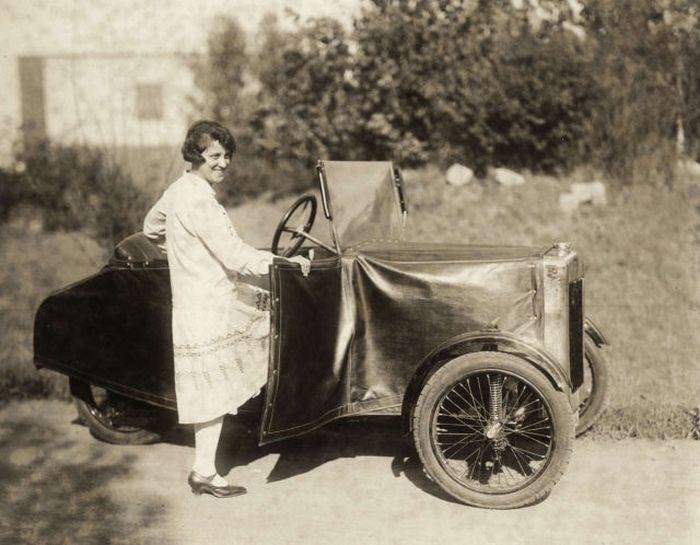
Zaschka became one of the first German helicopter pioneers. His machine is a striking representative of the Rotationsflugzeug (Zaschka calls it "rotating airplane"). Chief Engineer Engelbert Zaschka pursued in 1929 in Berlin, the approach of the folding-Zaschka three-wheeler. This city car concept was aimed to be cost effective and space saving by the vehicle could be folded after use sparingly. In 1934 Engelbert Zaschka completed a large human-powered aircraft. He was an inventor who held numerous international patents as it related to the helicopter.
Zaschka Helicopter
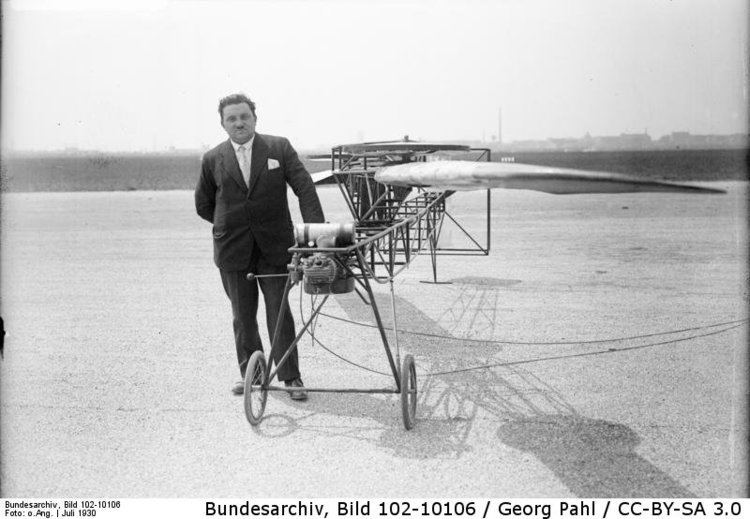
In 1927 Engelbert Zaschka of Berlin built a helicopter, equipped with two rotors, in which a gyroscope was used to increase stability and serves as an energy accumulator for a gliding flight to make a landing. Gliding in this case means a straight descent. He wanted to develop an efficient propeller drive. A swivelling propeller at the rear provided propulsion and rudder control. The machine was a combination of an autogyro and a helicopter. The principal advantage of the machine, Zaschka says, is in its ability to remain motionless in the air for any length of time and to descend in a vertical line, so that a landing may be accomplished on the flat roof of a large house. In appearance, the helicopter does not differ much from the ordinary monoplane, but the carrying wings revolve around the body.
Zaschka Human-Power Aircraft (1934)
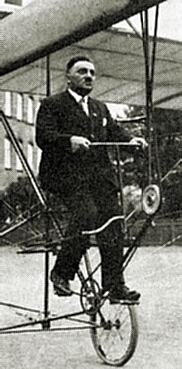
In 1934 Engelbert Zaschka completed a large human-powered aircraft, the Zaschka Human-Power Aircraft. Zaschka constructed the large human-powered tractor monoplane with a narrow wing spanning about 66 feet (20 metres). On 11 July 1934 he flew his large human-powered aircraft, the Zaschka Human-Power Aircraft, about 20 meters at Berlin's Tempelhof Airport without assisted take off.
Motorcycle: The German Orionette (1921-1925)
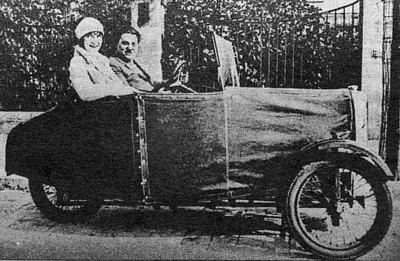
From 1921 till 1925 the design department of Orionette AG für Motorfahrzeuge in Berlin (Berlin SO 26, Oranienstr. 6), headed by Engelbert Zaschka, also produced some interesting unorthodox designs. Orionette is a historic German motorcycle brand.
Folding Zaschka Three-wheeler (1929)
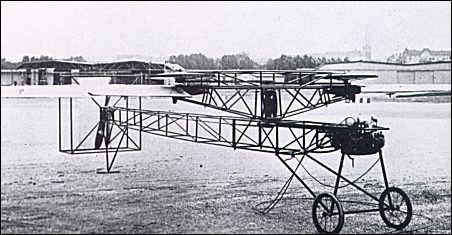
The space and parking problems of the metropolitan areas were recognized in the 1920s. In 1929 Engelbert Zaschka invented a three-wheeled car in Berlin. Zaschka's car was a folding three-wheeler, designed so that it could be taken apart within 20 minutes. The car could be "knocked down" into three main sections. It was capable of a speed of 25 to 30 miles an hour. Aspects of Zaschka's car were important to U.S. inventor and architect Richard Buckminster Fuller in the development of his Dymaxion car in 1933.
Reception
His [Engelbert Zaschka’s] plane, the first helicopter, which ever worked so successfully in miniature, not only rises and descends vertically, but is able to remain stationary at any height. German airplane experts assert that such a flight as that of Captain [Charles] Lindbergh's from New York to Paris would not even be a feat for Zaschka's plane when it was perfected. […] Herr Zaschka is fully aware that the perfection of his invention will be the greatest forward step in aviation since the Wright brothers made their historical hop. As he pointed out, the danger of flying would immediately be decreased by at least 80 percent, since four fifths of the accidents in flying occur either in the takeoff or in landing. […] A motor giving thirty to forty horsepower is installed in Zaschka's present experimental machine. It is so delicately adjusted that he has been able to keep the plane at a height of several feet above the ground, with no movement either up or down.
Patents
Publication
One of the first publications about helicopters. It is written in 1936 for airplane designers, as well as supporters of the rotary-wing aircraft construction.
